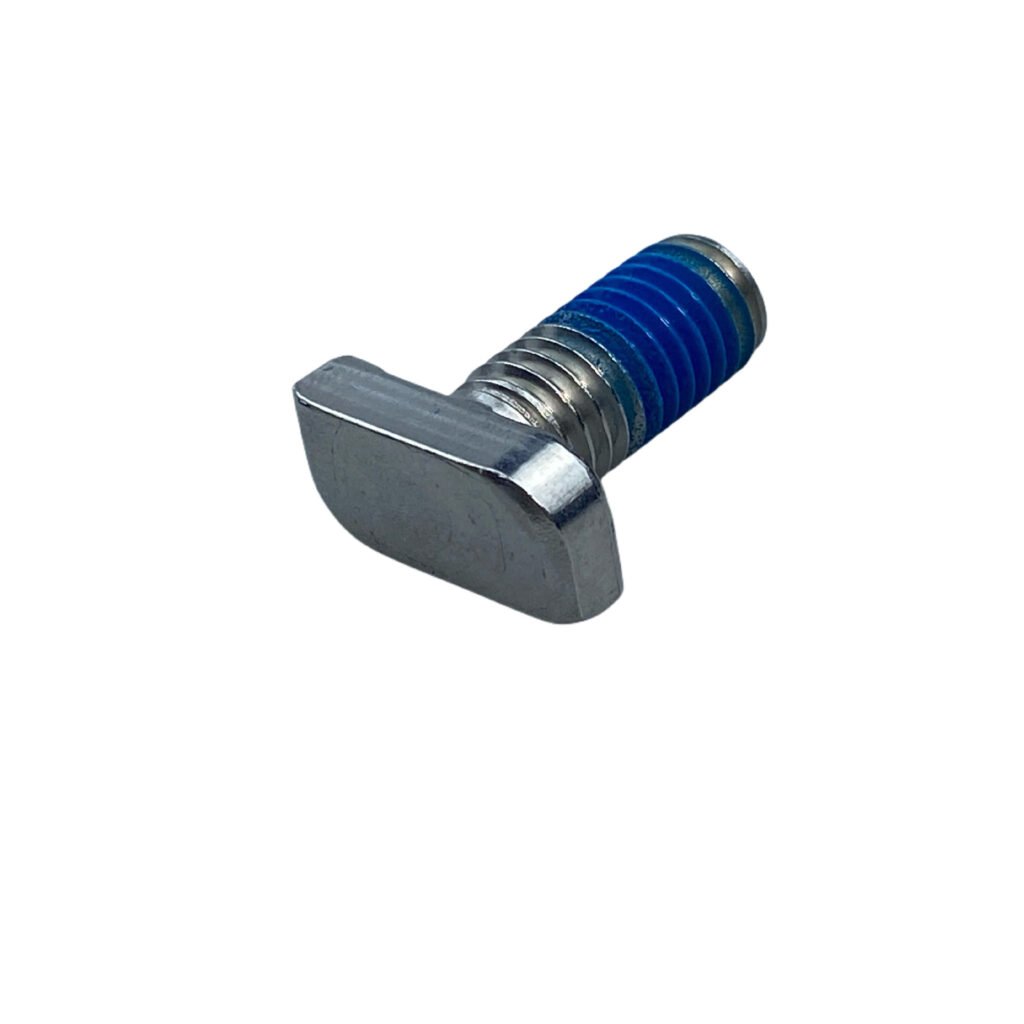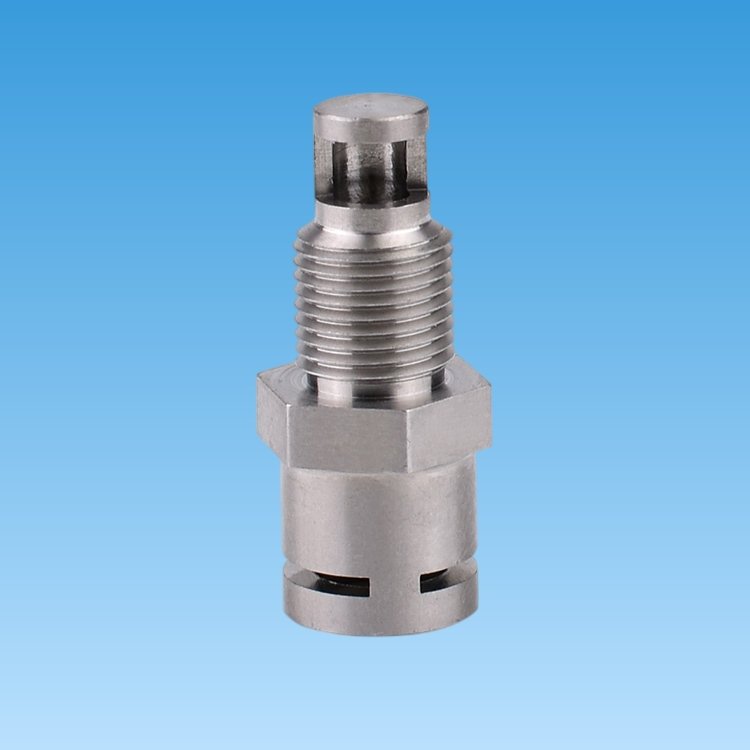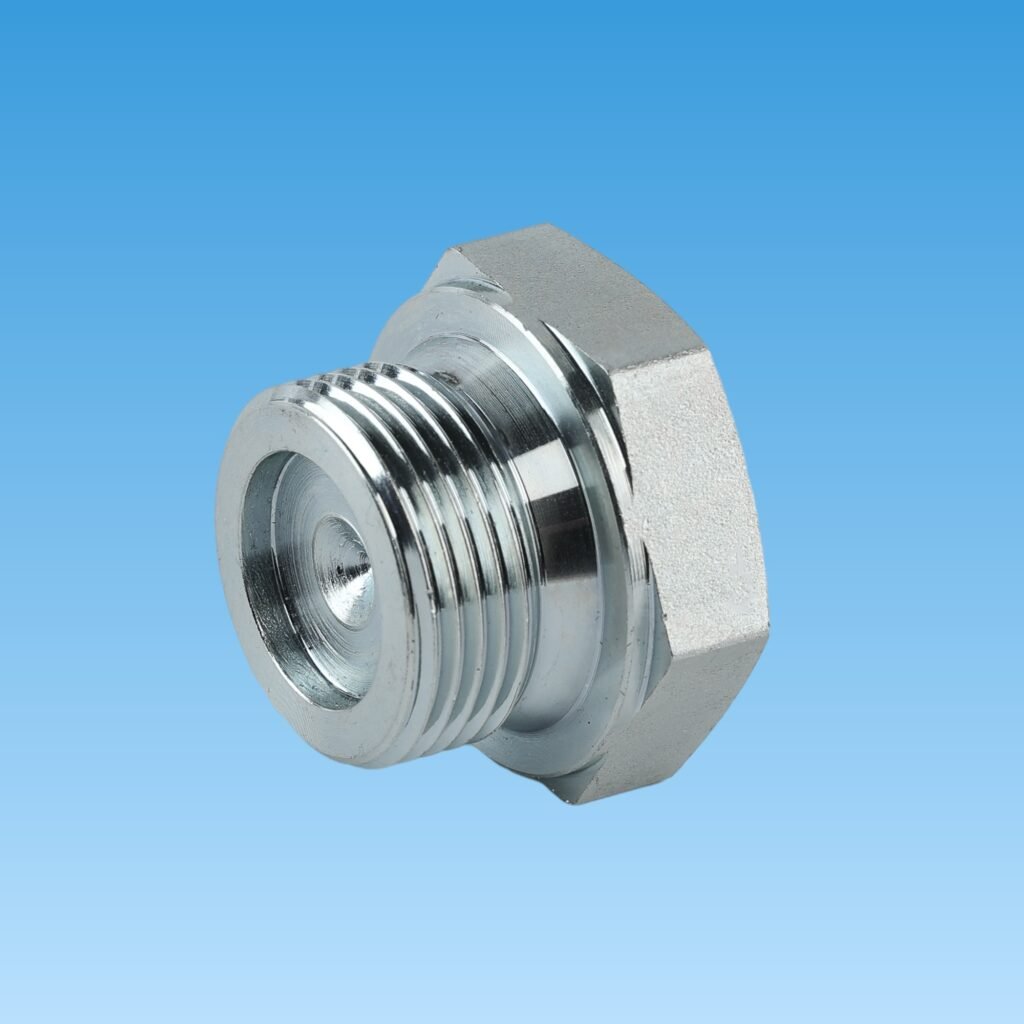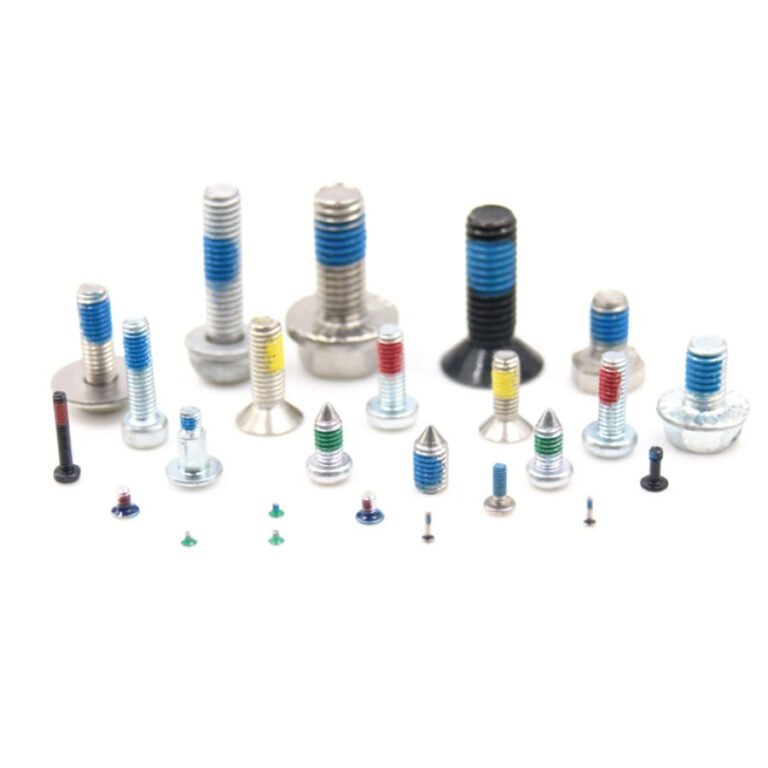When it comes to fasteners, performance is everything. If the torque is not right, the product could fail, leading to costly problems for everyone involved.
ISO 2320 sets clear rules for how to test prevailing torque in fasteners, making it easier to ensure consistent performance, reliability, and safety.

Many people think fasteners are simple, but in fact, there is a lot going on behind the scenes. Testing torque is not just about twisting until it feels tight. It is about following strict steps so that the parts we rely on every day do not let us down. In this article, I will explain how ISO 2320 guides us in applying torque testing and why it matters in real-world manufacturing.
What is the ISO standard for torquing?
When your business depends on parts staying tight and safe, having a clear torquing standard is the only way to protect your quality and reputation.
ISO 2320 is the international standard that specifies test methods for measuring the prevailing torque of nuts and other all-metal fasteners, ensuring repeatable and reliable results.
Many customers ask me if torqueing is just about using a wrench. The truth is, ISO 2320 tells us exactly how to apply torque, measure it, and judge whether a fastener passes or fails. It covers the initial tightening, repeated tightening cycles, and even how the fastener behaves after use.
Here is a table to show the main parts of ISO 2320:
| Step | Description | Purpose |
|---|---|---|
| Preparation | Cleaning and lubricating parts if required | Ensures consistent surface conditions |
| Initial Tightening | Apply torque to seat the nut or bolt | Simulates real-life assembly conditions |
| First Removal | Measure the torque needed to loosen | Tests prevailing torque strength |
| Multiple Re-uses | Tighten and loosen several times | Checks if torque performance stays stable |
Without following this, it would be impossible to guarantee that a nut or bolt will work the same way every time.
How do you test prevailing torque?
Fasteners that seem strong at first can fail after being used a few times if they are not properly tested for prevailing torque.
Prevailing torque is tested by tightening and loosening a fastener under controlled conditions and measuring the resistance during each cycle.

In my daily work supplying parts for industries like automotive and aerospace, I often see that a poorly tested fastener can quickly become a big headache. The ISO 2320 test method is simple but strict. It requires using a calibrated torque measuring tool, applying torque at a specific speed, and recording the resistance every time the fastener is rotated.
Here’s a deeper look:
| Test Stage | What Happens | Why It Matters |
|---|---|---|
| Installation | Fastener is torqued onto a bolt or stud | Sets initial torque level |
| First Removal | Fastener is loosened, and peak torque recorded | Shows if the fastener holds tension properly |
| Repeated Testing | Tightening and loosening 5 times | Tests fastener durability over repeated use |
| Final Evaluation | Results are compared to standards | Determines pass or fail |
Each step must be documented carefully. In the industries we serve, even small mistakes in torque testing can lead to part recalls or worse.
How is prevailing torque measured?
Getting the torque numbers wrong is like guessing if a bridge will hold — you just cannot afford to guess.
Prevailing torque is measured by using a torque wrench or testing machine to record the amount of torque needed to rotate the fastener without applying axial load.

During production, I always insist that our factory partners use precise digital torque measuring devices. These tools can catch tiny differences that manual feeling cannot. The fastener is rotated steadily, and the peak value needed to overcome resistance is recorded. No extra pulling force is allowed — only rotational force matters.
The measurement must be made at a constant speed (usually specified by ISO 2320), and often in a temperature-controlled room.
Here’s how the measurement works:
| Equipment | Function | Note |
|---|---|---|
| Torque Wrench | Applies and measures torque manually | Must be calibrated regularly |
| Torque Tester | Measures torque with higher precision | Ideal for high-volume testing |
| Test Jigs | Hold the fastener in place without adding extra forces | Prevents measurement errors |
This careful method ensures the fastener is judged fairly, based only on its ability to resist turning.
How do you determine the direction of torque?
Applying torque in the wrong direction can ruin a good test and lead to wrong decisions.
The direction of torque is determined based on the intended installation direction: clockwise for tightening, and counterclockwise for loosening, following ISO 2320 guidelines.

When I train new engineers in our sourcing team, I always remind them: torque direction matters. Fasteners are almost always tightened clockwise ("righty-tighty") and loosened counterclockwise ("lefty-loosey").
In ISO 2320 testing, during the removal phase, we measure the torque needed to loosen — so we must turn counterclockwise.
If someone accidentally applies force in the wrong direction, the results become useless.
Here’s a simple view:
| Action | Direction | Reason |
|---|---|---|
| Tightening | Clockwise | Increases clamping force |
| Loosening | Counterclockwise | Measures resistance to release |
| Testing | Depends on phase | Must match the phase requirements |
This basic but important rule saves us from costly mistakes when testing high-value parts for key industries like aerospace and medical devices.
Conclusion
Following ISO 2320 for prevailing torque testing ensures fasteners meet safety and performance needs with no room for guesswork or error.


